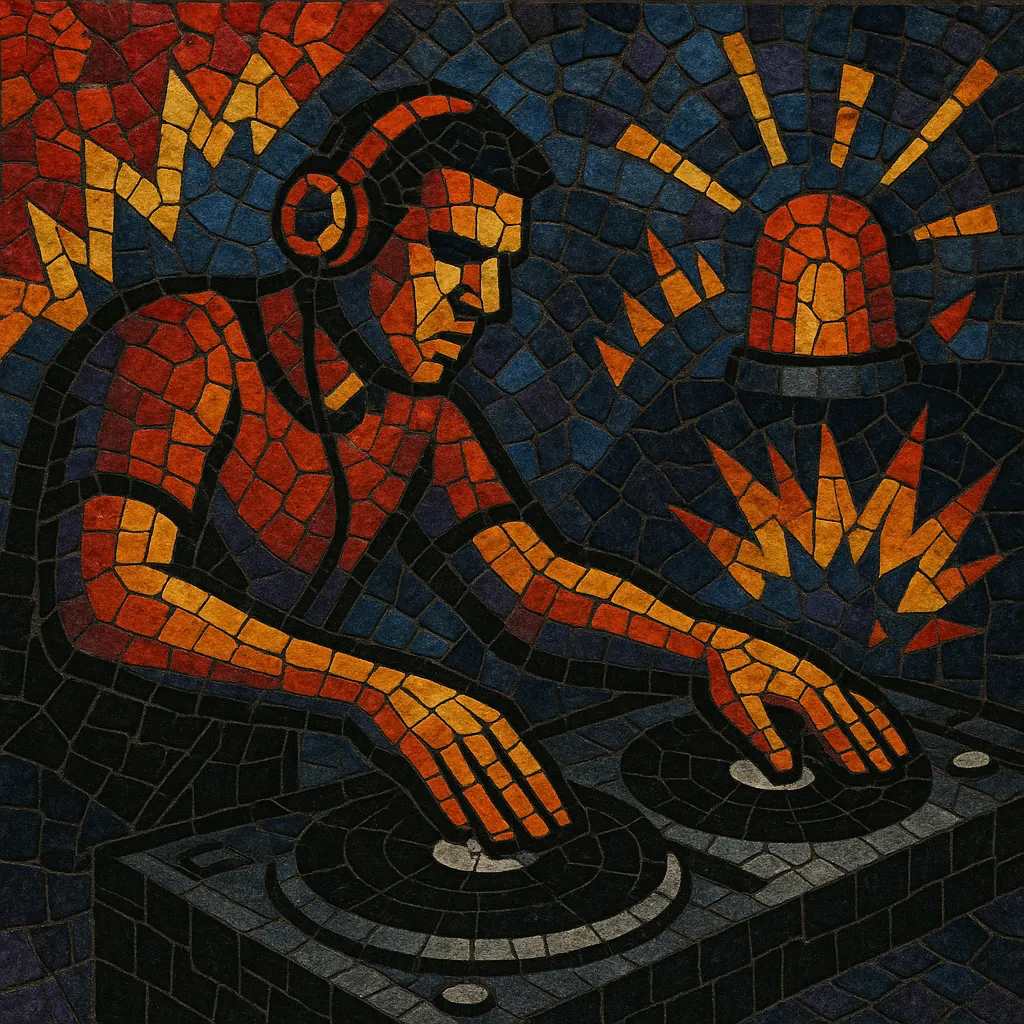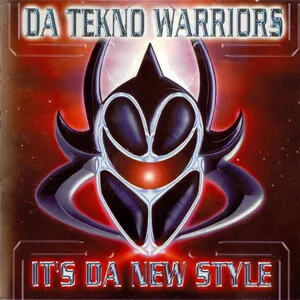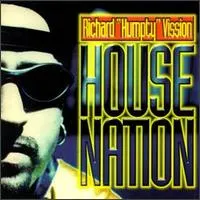LA hard house (Los Angeles hard house) is a high-energy, club-oriented strain of American hard house that took shape around the Los Angeles rave and after-hours scene in the late 1990s. It is characterized by fast 4/4 tempos (typically 140–150 BPM), heavy and often clipped kick drums, thick rolling basslines, hoover-style leads, sirens, and party-oriented vocal samples.
Compared with its UK counterpart, LA hard house leans more on Chicago-style drum programming and ghetto house swagger, with frequent use of bilingual (English/Spanish) shouts, call‑and‑response hooks, and DJ-friendly structures that favor quick transitions and big drops. The overall aesthetic is bold, bouncy, and built for peak-time dancefloor impact.
LA hard house emerged in the late 1990s within Los Angeles’ vibrant rave, warehouse, and after-hours ecosystem. While rooted in the broader American hard house movement, it crystallized a distinctly West Coast flavor—faster and punchier than much mainstream house, and more direct and playful than many European hard styles. Clubs and promoters in LA fostered a high-BPM, high-impact dancefloor sound that favored aggressive drums, catchy stabs, and loud, crowd-rallying vocal chops.
Producers and DJs drew heavily from Chicago house and ghetto house (for drum programming, bass weight, and party vocals), as well as from acid house (for squelchy resonance and filter sweeps) and techno (for relentless drive and arrangement discipline). This hybrid approach resulted in a hard, bouncy, and unabashedly peak-time sound that thrived on DJ edits, mashups, and functional tools for fast-paced sets.
By the turn of the 2000s, LA hard house had established itself through club residencies, mixtape culture, and compilation series. Its signature tropes—siren FX, hoovers, chopped-and-hyped vocal tags, and snappy breakdowns—spread across West Coast events and into national US circuit parties and festivals. The style’s emphasis on accessible hooks and dancefloor theatrics made it a staple of peak-hours programming.
Although fashions shifted in the 2000s toward electro house and later EDM, LA hard house left a legacy in American hard dance culture. Its hyper-functional arrangements, bass-forward mix aesthetic, and crowd-working vocal techniques influenced US peak-time DJ craft and can be heard echoed in later hard dance and bounce-oriented club sounds.




